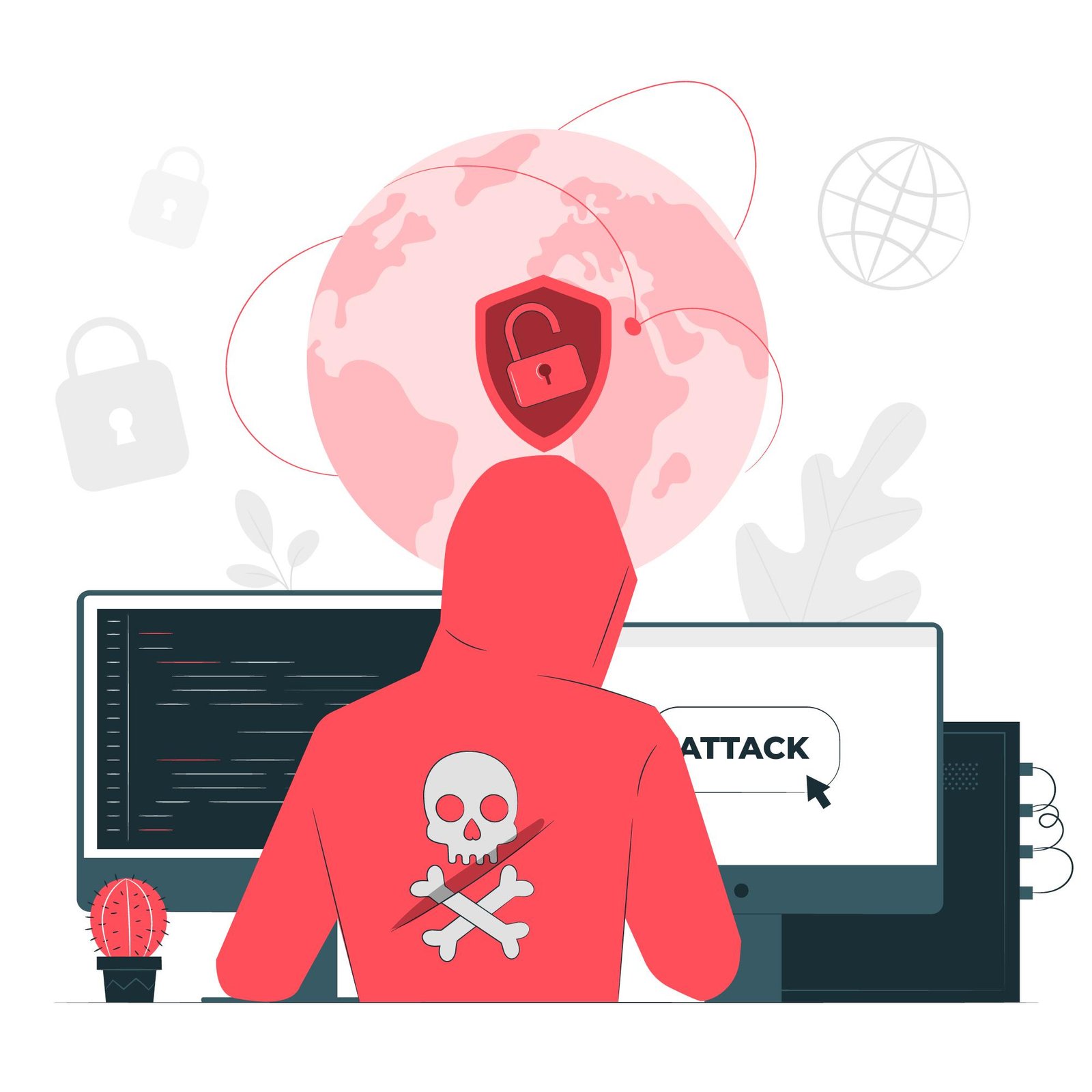Why Website Security is Crucial
Cyber attacks such as hacking, data breaches, malware infections, and phishing scams are on the rise. A vulnerable website can lead to:
- Loss of sensitive customer data
- Damage to your brand’s reputation
- Financial losses due to downtime or legal penalties
- Reduced trust from users and search engines
Google also prioritises secure websites in its search rankings, meaning security impacts your SEO and visibility online.
Key Security Risks to Be Aware Of
- SQL Injection: Attackers exploit vulnerabilities to access your database and steal data.
- Cross-Site Scripting (XSS): Malicious scripts are injected into webpages, potentially stealing user information.
- Distributed Denial of Service (DDoS): Overwhelms your server with traffic, causing your site to crash.
- Malware: Malicious software that can compromise your website and visitors’ devices.
- Weak Passwords and Authentication: Easy-to-guess passwords increase the risk of unauthorized access.
Best Practices for Secure Web Development
1. Use HTTPS and SSL Certificates
Secure your website with HTTPS to encrypt data between your server and users. SSL certificates are now standard and essential for trust and SEO.
2. Keep Software and Plugins Updated
Regularly update your CMS, plugins, and server software to patch vulnerabilities and protect against new threats.
3. Implement Strong Authentication
Use strong passwords, multi-factor authentication (MFA), and limit login attempts to reduce the risk of unauthorized access.
4. Validate and Sanitize User Input
Prevent attacks like SQL injection and XSS by validating and sanitizing all data users submit to your website.
5. Regular Security Audits and Penetration Testing
Conduct routine checks to identify and fix vulnerabilities before attackers exploit them.
6. Backup Your Website Regularly
Maintain frequent backups to restore your site quickly in case of an attack or data loss.
7. Use Web Application Firewalls (WAF)
A WAF helps filter and monitor incoming traffic, blocking malicious requests and attacks.
8. Educate Your Team
Ensure your staff understand security best practices, including recognising phishing attempts and using secure credentials.
Final Thoughts
Secure web development is vital for protecting your business, customers, and reputation from the growing threat of cyber attacks. By prioritising security from the outset and adopting best practices, you can build a safe, trustworthy website that supports your long-term success.
Need help securing your website? Contact WebDreamers for professional web development services that prioritise security and peace of mind.








